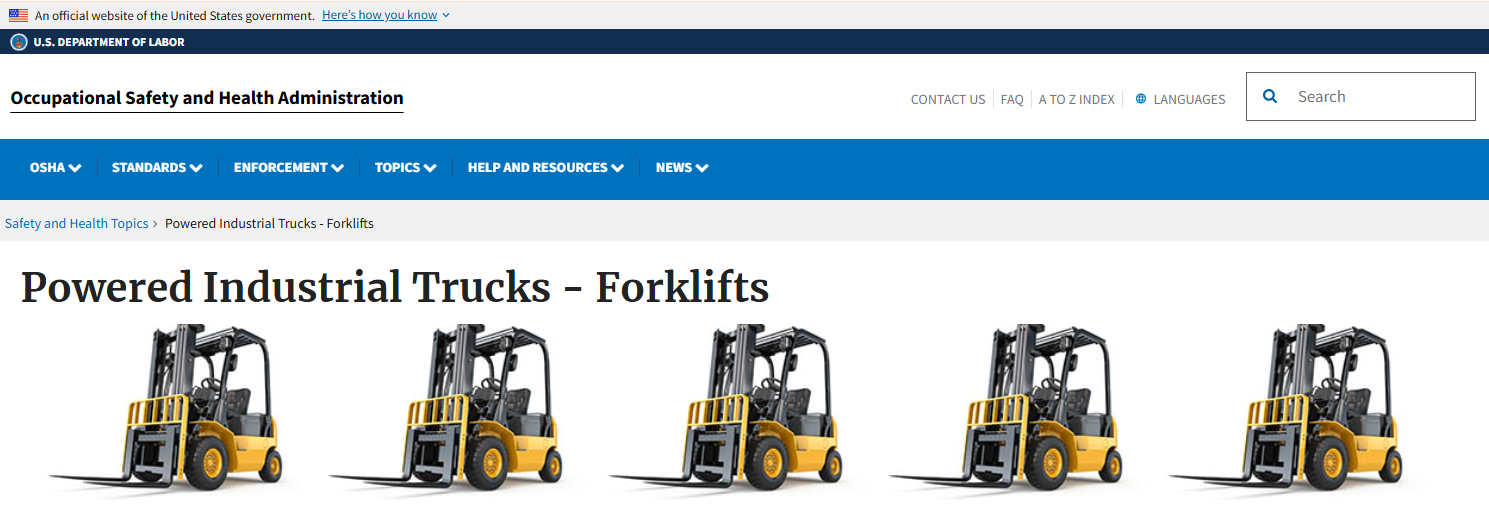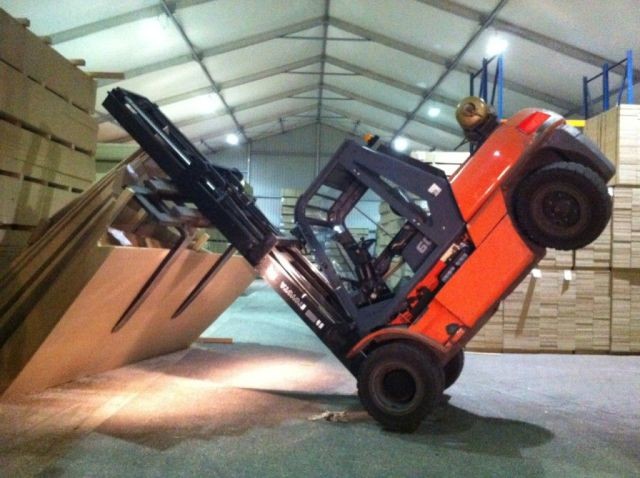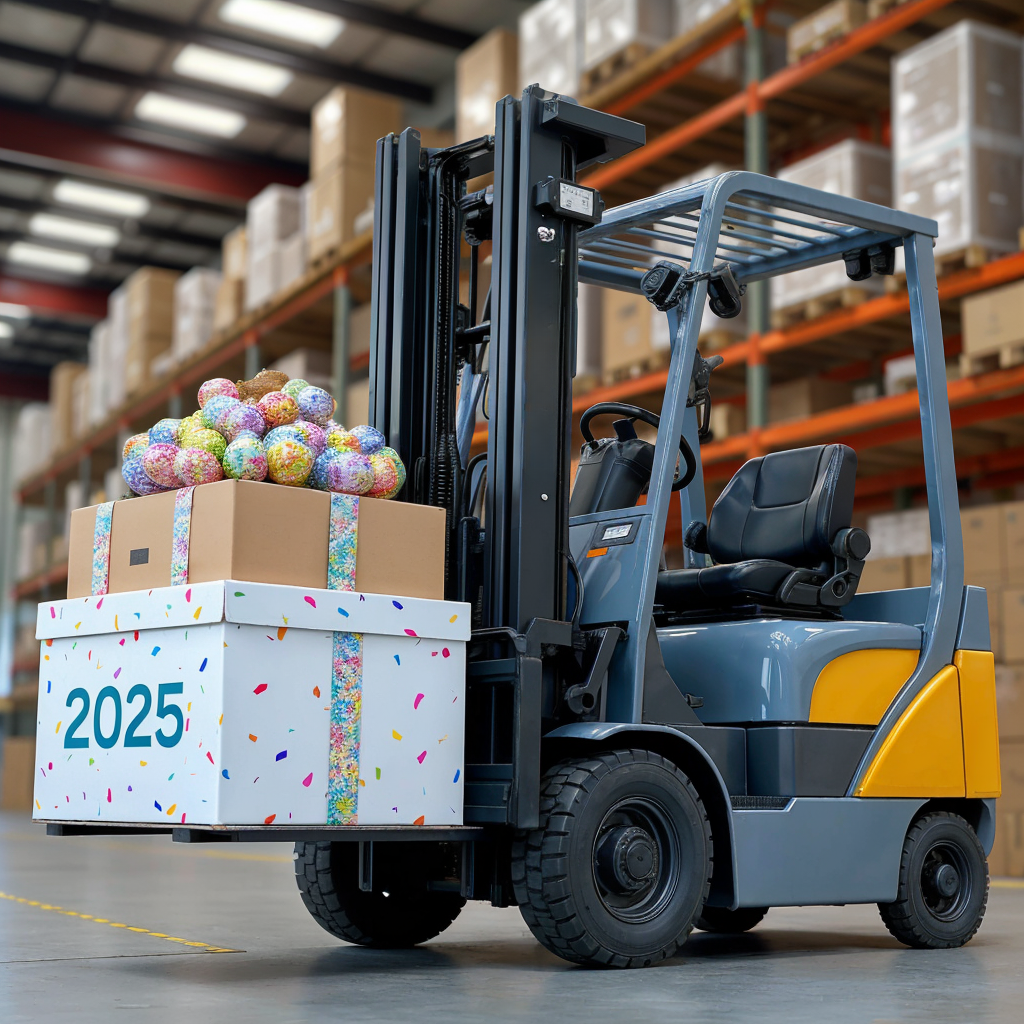Introduction: The Lifeline of Material Handling
Forklifts are the backbone of industries that require heavy material handling, enabling efficiency and reducing manual labor. Yet, their immense power can lead to devastating accidents if safety protocols are overlooked. Each year, forklift-related accidents cause approximately 96,000 injuries in the United States alone, with many incidents occurring during loading and unloading.
“Safety doesn’t happen by accident—it’s a deliberate, ongoing process.” – OSHA Official Guidance
This article dives deep into OSHA's guidelines for powered industrial trucks, offering practical advice and actionable tools to keep your workplace safe and compliant.
1. Why Forklift Safety Matters
The Statistics
- Forklift overturns are the leading cause of fatalities in forklift-related incidents, accounting for 25% of deaths.
- Over 70% of these accidents could be prevented with proper training and adherence to safety standards.
Real-Life Incident: When Safety is Ignored
A warehouse in California faced tragedy when an overloaded forklift tipped over while navigating a ramp. The operator, untrained in weight distribution, suffered serious injuries, and the incident halted production for two days. This accident could have been avoided with proper operator training and adherence to load limits.
Quick Fact: The average cost of a forklift-related injury is $188,000 in medical expenses and lost productivity.
2. Breaking Down OSHA’s Forklift Safety Standards
OSHA’s 29 CFR 1910.178 sets the foundation for forklift safety. These standards cover everything from equipment design to operational protocols. Here’s what you need to know:
Key OSHA Requirements:
-
Forklift Design:
- All powered industrial trucks must meet specific safety design standards.
- Any modifications affecting capacity or safety must be manufacturer-approved.
-
Pre-Operation Inspections:
- Operators must inspect forklifts daily for:
- Tire wear and damage.
- Proper functioning of brakes, steering, and lights.
- Fluid leaks or other mechanical issues.
- Operators must inspect forklifts daily for:
-
Load Capacity:
- Each forklift has a rated load capacity. Never exceed this, as it increases the risk of tip-overs.
For detailed guidelines, visit OSHA’s Powered Industrial Trucks page.
3. The Power of Proper Training
Training is the cornerstone of forklift safety. OSHA mandates that only trained and certified operators can operate forklifts, must have a refresher every three years, and their training must cover three critical areas:
What Training Must Include:
-
General Operating Principles:
- Proper use of controls and steering.
- Safe navigation through tight spaces and busy areas.
-
Workplace-Specific Hazards:
- Identifying and avoiding site-specific risks like uneven floors, ramps, or pedestrian traffic.
-
Refresher Courses:
- Operators must undergo regular evaluations and updates to keep skills sharp.
Did You Know? OSHA estimates that proper training could prevent 7 out of 10 forklift accidents.
4. Best Practices for Safe Loading and Unloading
Pre-Operation Checklist:
Before starting a forklift, operators should:
- Inspect tires for damage.
- Test brakes, lights, and horns.
- Ensure forks are properly aligned and functional.
Stabilizing the Vehicle:
- Secure trucks and trailers with wheel chocks to prevent movement.
- Set brakes firmly, especially on sloped surfaces.
Handling Loads:
- Never exceed the forklift’s rated capacity.
- Keep the load balanced and secure using straps or shrink wrap.
Visual Guide: Forklift Stability
To maintain stability:
- Always keep the heaviest part of the load nearest to the front axle.
- Avoid lifting or carrying loads that are unbalanced or exceed height limits.
Safety Tip: Always lower the forks to the ground when the forklift is stationary.
5. Common Hazards and How to Avoid Them
Forklift Overturns:
- Causes: Sharp turns, uneven ground, or overloading.
- Prevention Tip: Operate at safe speeds and avoid sudden maneuvers.
Falling Loads:
- Causes: Improper stacking or unstable loads.
- Prevention Tip: Ensure loads are properly balanced and secured.
Collisions:
- Causes: Poor visibility or lack of awareness.
- Prevention Tip: Use mirrors, backup cameras, and sound horns at intersections.
6. Leveraging Technology for Safety
Modern technology enhances forklift safety in the following ways:
- Telematics Systems: Monitor operator behavior, track usage, and provide real-time alerts.
- Proximity Sensors: Detect nearby objects or pedestrians to prevent collisions.
- Load Sensors: Warn operators when approaching the forklift’s maximum capacity.
Investing in these tools can reduce accidents and create a safer work environment.
7. Employer Responsibilities
Employers play a vital role in enforcing forklift safety. OSHA requires them to:
- Provide forklifts that meet all safety standards.
- Conduct regular maintenance and inspections.
- Establish a system for reporting near-misses and incidents.
Quote: “A safe workplace is a shared responsibility. Employers must lead by example.” – Safety Consultant
8. Building a Culture of Safety
A safety-first culture is the key to long-term compliance and accident prevention. Here’s how to build one:
- Toolbox Talks: Hold regular meetings to discuss forklift safety practices.
- Recognition Programs: Reward employees who consistently demonstrate safe behavior.
- Encourage Reporting: Create a no-blame environment where workers feel comfortable reporting hazards.
9. Resources for Continuous Improvement
To stay updated on forklift safety:
- Visit OSHA’s Powered Industrial Trucks Page.
- Use forklift safety apps for pre-operation checklists.
- Explore free training resources provided by OSHA.
Call to Action: Download our OSHA-compliant safety audit checklist today and ensure your workplace is accident-free!
Wrap Up: Safety is Everyone’s Job
Forklift safety is more than just following rules—it’s about creating a safer, more productive workplace. By adhering to OSHA standards, investing in operator training, and leveraging modern technology, you can drastically reduce risks.
Let’s commit to safety, not as an obligation but as a shared responsibility. Visit OSHA’s resources today to ensure your workplace is a model of safety and compliance.





Deja un comentario
Este sitio está protegido por hCaptcha y se aplican la Política de privacidad de hCaptcha y los Términos del servicio.